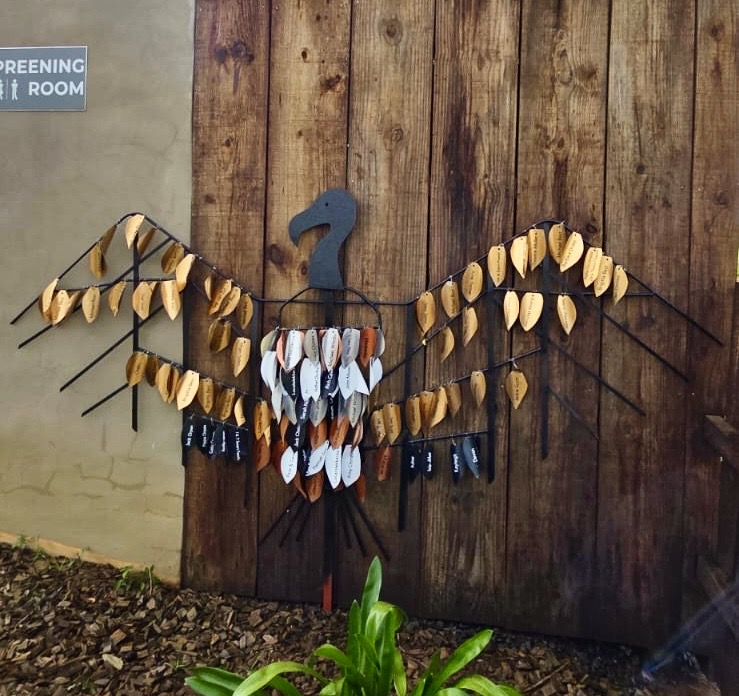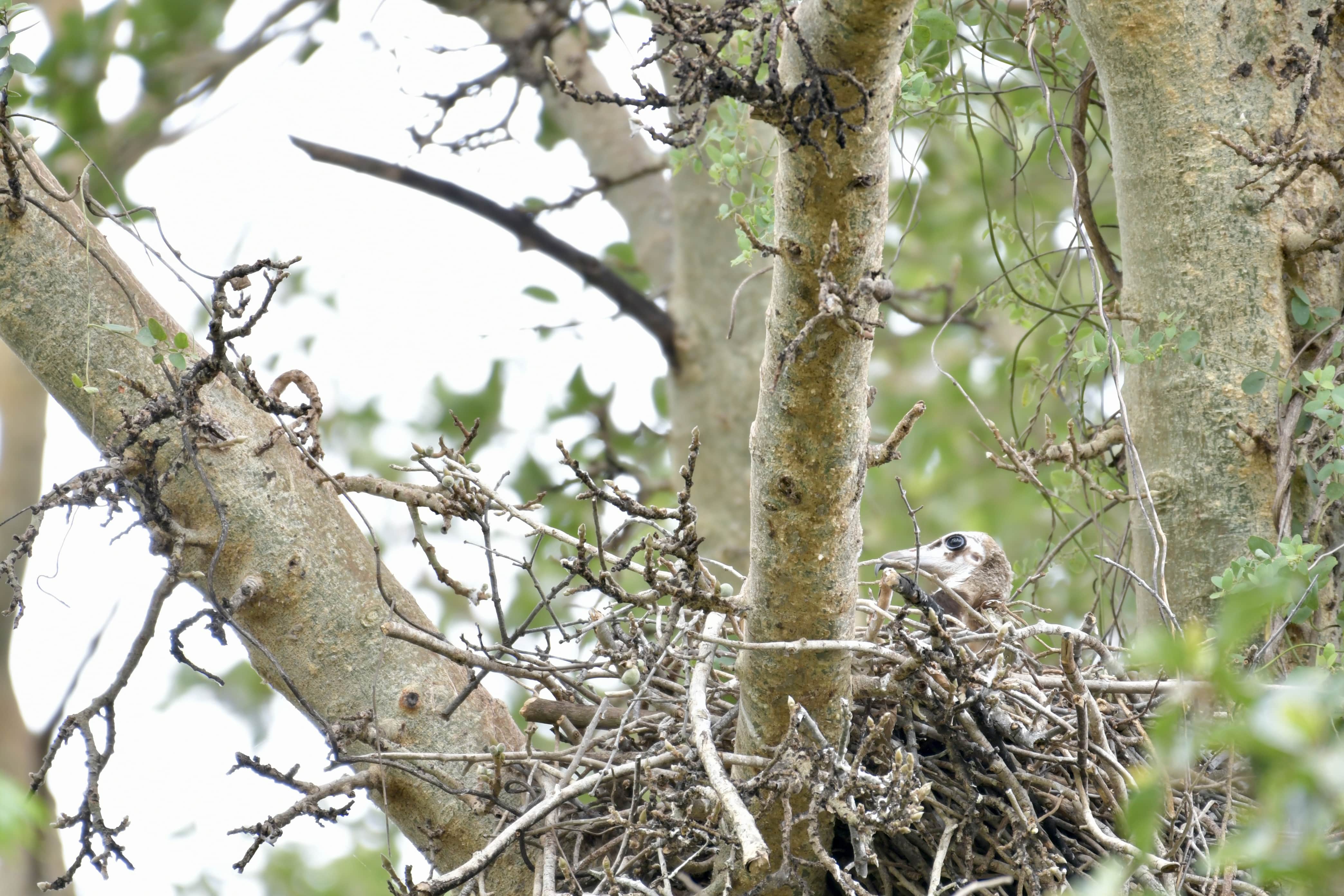Last month, Wildlife ACT together with Ezemvelo KZN Wildlife and FreeMe Wildlife, facilitated the release of four rehabilitated Cape Vultures into the Southern Drakensberg region.
Each of the four individuals had been found grounded and in poor condition and were admitted to FreeMe Wildlife for rehabilitation. All the vultures were displaying similar symptoms of gastrointestinal and/or neurological disturbances in varying degrees of severity, but through supportive treatment, recovered very quickly. The actual cause of their conditions on admission is still unknown as blood tests have not pointed to anything conclusive yet.
“Vultures have incredibly strong stomach acids which aid in the digestion and destruction of common natural pathogens found in the wild. This is what makes them so valuable as scavengers in an ecosystem as they literally ‘clean up’ carcasses, preventing the spread of disease, explains FreeMe Wildlife Raptor Specialist, Tammy Caine.
“However, it is also these highly adapted feeding habits that make them so susceptible to intoxication by a wide variety of modern chemicals found in anything from pesticides to veterinary drugs. While some of these chemicals may have short-term side effects, others are lethal to vultures. It is therefore imperative that the carcasses these birds feed off are free of chemical contamination of any kind.”

The importance of tracking endangered species
Prior to being transported to the release site, the Cape Vultures were fitted with tracking units and identification tags and rings by Ezemvelo KZN Wildlife’s Bird and Mammals Scientist, Brent Coverdale.
Fitting vultures with GPS tracking devices and identification tags offers significant conservation benefits by providing detailed insights into their movements, behaviour, and habitat ranges. This data helps to identify critical areas for protection as well as highlight potential threats such as poisoning sites and habitat destruction.
Conservation is a collaborative effort
Following processing, the four rehabilitated Cape Vultures were then safely transported to the selected release site near the Mzimkulu Vulture Hide in the Southern Drakensberg. This location was chosen for the vulture safe feeding site managed by Wildlife ACT and partners, as well as its proximity to the team for post-release monitoring.
“Unlike many of South Africa’s other at-risk wildlife species, vultures are not confined to a protected area. This makes it all-the-more essential to work together to ensure that all possible efforts are being made to promote successful conservation stories. This was a prime example of organisations coming together to share knowledge, resources, and skills for the good of these iconic birds,” said Wildlife ACT’s Southern Drakensberg Conservation Project Manager, Phillip Swart.

The importance of vulture safe feeding sites
Vulture safe feeding sites, also known as vulture restaurants, are locations where poison-free carrion is provided for vultures to feed on. This supplementary feeding not only supports endangered vultures and young fledglings during times of food scarcity, but also ensures a safe food source for vultures roosting in the area.
In return, vultures offer landowners an efficient and cost-effective method of disposing of waste and unwanted carcasses, recycling flesh and bone into living tissue, and controlling disease outbreaks.
Post-release monitoring of these iconic birds
We are pleased to share that several of the released individuals have been sighted at the vulture safe feeding sight at the Mzimkulu Vulture Hide since the release. They have been identified by their patagial tags thanks to both guest photographs and camera trap images.
Wildlife ACT’s Vulture Programme Manager, Anel Olivier has also been keeping a close eye on the birds’ movements, using tracking technology.
“The fine-scale data we receive live from these lightweight, solar-powered GPS tracking units enables our teams to intensively monitor the birds’ post-release movements, ensuring follow-ups on the ground are done swiftly if any concerns are suspected based on their behaviour, and giving these birds the best possible chance at survival,” said Olivier.
The success of this rehabilitated Cape Vulture release operation can be largely attributed to the collaborative spirit of conservationist organisations and is a shining example of the work being done for IUCN Red List species in kwaZulu-Natal.





.jpg)



.jpg)
.jpg)
